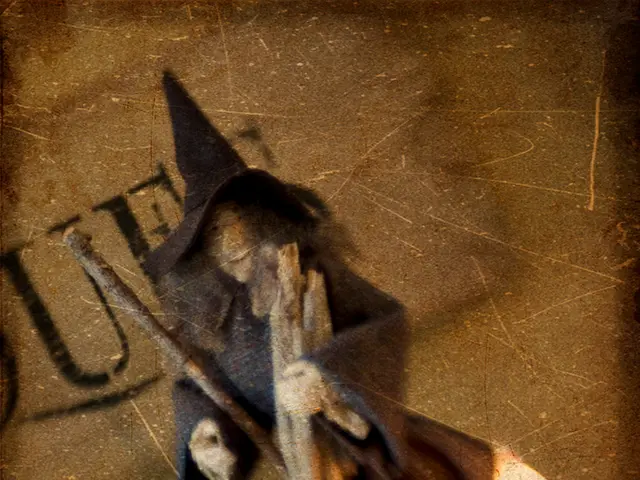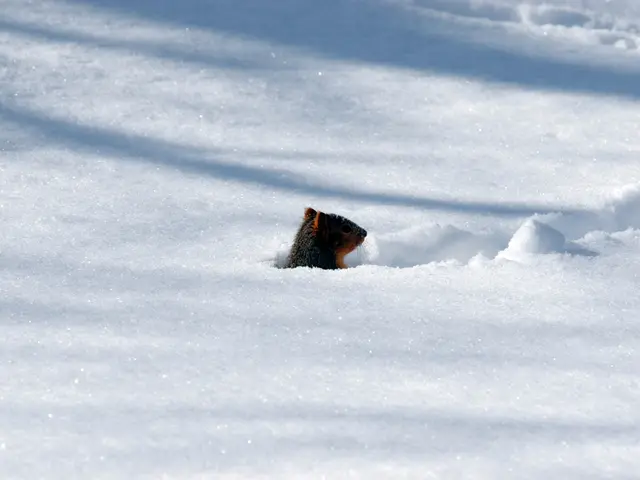"Intriguing Reproductive Pursuits of Floral Species": Exploring the Significance of Pollen Beyond Simple Allergies
Powder in the Wind: Unveiling Pollen's Hidden Secrets
Springtime is here, and with it comes the telltale yellow cloud of pollen. But did you know this teeny-tiny particle plays a critical role in Earth's history and solves crimes? Let's delve into five fascinating facts about pollen that you probably didn't know.
• Pollen: Ancient nutrient, modern pest
Originally, the term 'pollen' is Latin for a fine powder or flour. It had medical use in ancient Greece and Rome and was fed to bees to create 'bee bread.' In Egypt, it was called the 'powder of life.'
• Tiny time capsules: Journey through history
Fossilized pollen grains date back to the Devonian period, around 350 million years ago. Scientists believe these microscopic treasures hold clues about the Earth's ancient climate and vegetation changes.
• Plants on the move: Adapting to warmer climates
Pollen grains 'unlock' Earth's past climatic history. When studying fossilized pollen from 56 million years ago, a period of global warming, Dr. Vera Korasidis discovered that plants migrated to cooler areas due to seed dispersal.
• Hay fever's humble beginnings
The infamous affliction caused by pollen, known as hay fever or pollinosis, was first noted in 1819 by John Bostock, a physician who suffered from it himself. He found relief only in sea air, long before modern treatments were developed.
• Modern-day fighting force: High-tech pollen counting
In the UK, real-time pollen analysis uses advanced technology to alert allergy and asthma sufferers to high pollen counts, contributing to a more data-driven approach against allergies.
Under the protective layer of sporopollenin, each pollen grain houses male gametes in search of female stigmas for fertilization. However, bees, ladybirds, and hoverflies sometimes beat them to the punch, stealing or dissolving the grains to nourish themselves. While these insects aid pollination, garden spiders only benefit from their depredations, making up 25% of their diet.
Enter the world of pollen and forensics, and you won't just be shooing pollen away anymore. Pollen experts, or palynologists, have used pollen traces to locate buried victims, reconstruct past landscapes, and even uncover massacres during wartime. Awareness of pollen's hidden potential can provide valuable insights into our history and help solve crimes.
If you're intrigued by these fascinating facts, stay tuned for more insights into the world of pollen. Sign up for our platform newsletter and get the latest on extraordinary houses, the breathtaking beauty of Nature, and tips on living a fulfilling life, straight to your inbox.
[References for Additional Information](For more detailed information on pollen in criminal investigations, consult resources on Forensic Palynology and Historical Ecology.)
- In the realm of health-and-wellness, the study of pollen known as Forensic Palynology has been instrumental in crime scene investigations, helping to locate buried victims and even uncover historical crimes.
- Environmental-science researchers have unveiled pollen's role in fitness-and-exercise, as bees, ladybirds, and hoverflies contribute to pollination by stealing male gametes from pollen grains as a food source, which has implications for general-news stories about bee populations and their impact on ecosystems.
- Nutrition enthusiasts might be surprised to learn that ancient civilizations like Greece, Rome, Egypt, and even modern-day bees used pollen for medicinal and practical purposes, opening up possibilities for further exploration within the health-and-wellness industry and general-news on the history of food and medicine.








